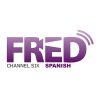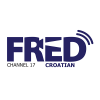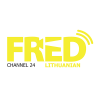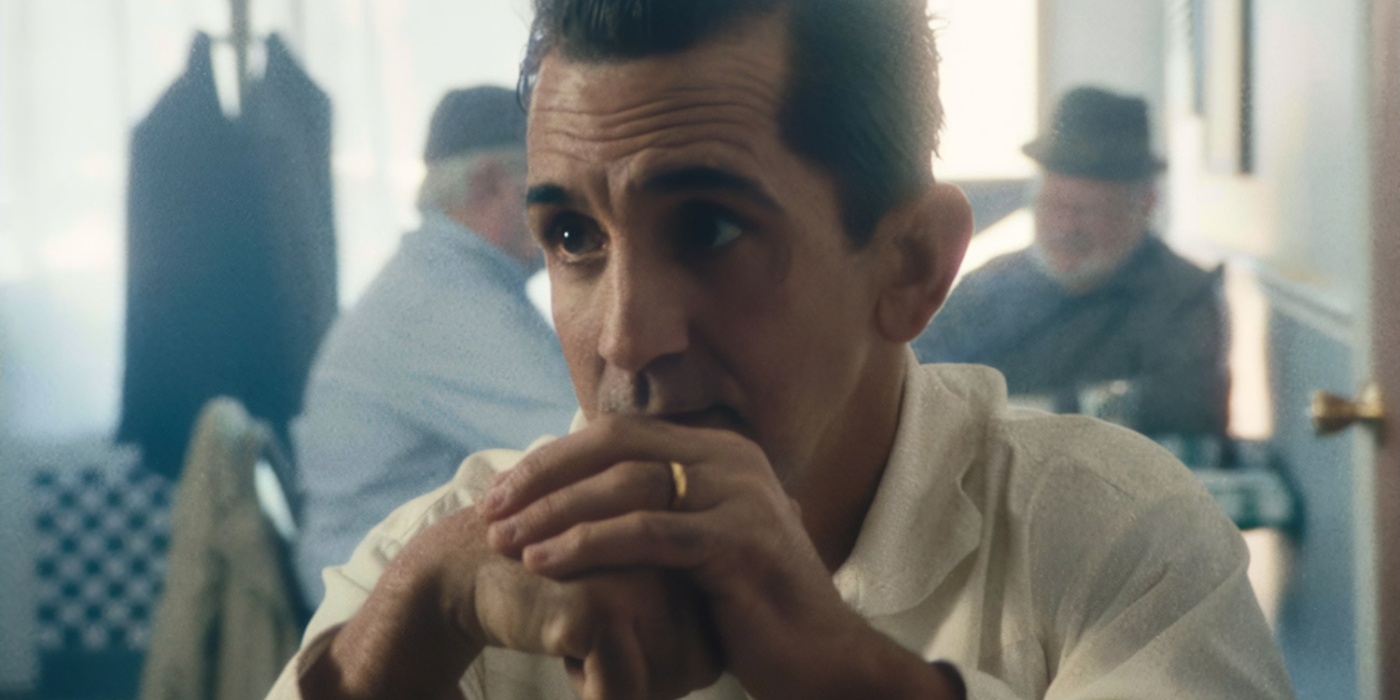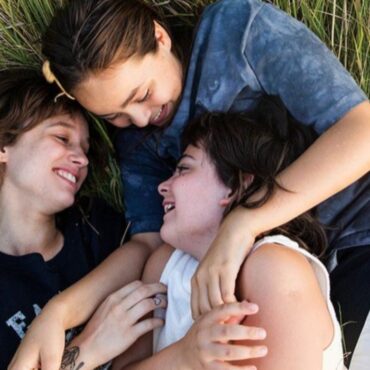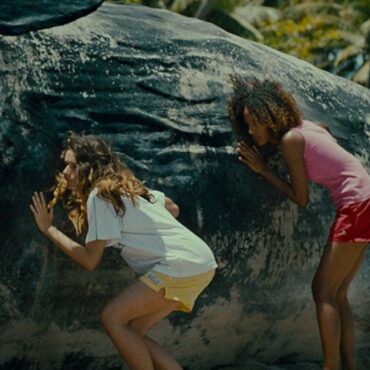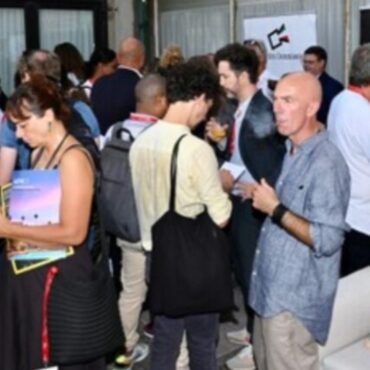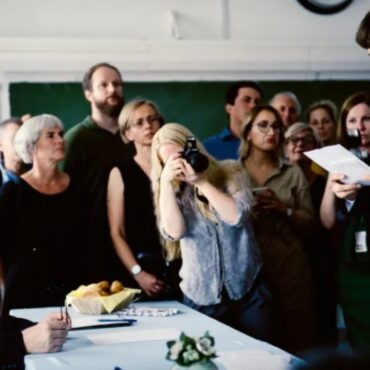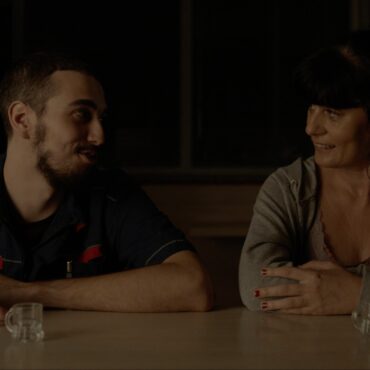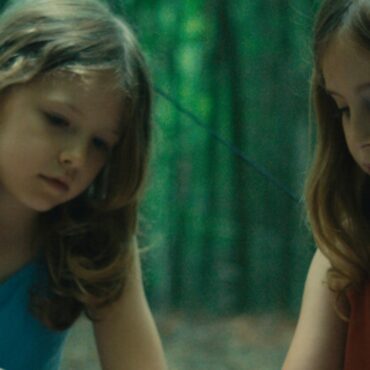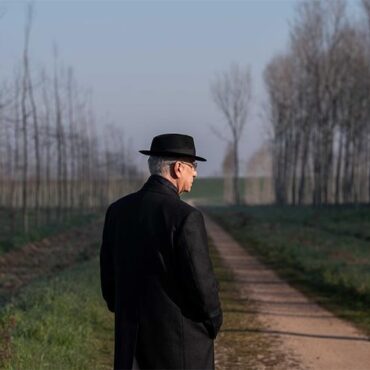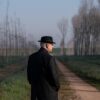Fred Film Radio had the privilege of interviewing Robert Kolodny, the talented director behind the inspirational film “The Featherweight.” The film in the section Orizzonti, set in 1964 and follows the captivating journey of Willie Pep.
In our interview, Robert Kolodny revealed a profound personal connection to the film’s narrative, citing the song of Lou Reed, Heroin. This connection served as a driving force throughout the project.
Kolodny’s primary aim was to authentically capture the need of the ex champion, a task he executed with finesse, making “The Featherweight” stand out in the world of cinema. When discussing the challenges faced during the production and shooting of “The Featherweight,” Robert Kolodny emphasized the fact that he shot the film in only eighteen days. These challenges ultimately contributed to the film’s unique character.
When it came to selecting the right equipment for shooting “The Featherweight,” the team faced budget constraints that made shooting the entire film on celluloid impractical. Instead, they opted to shoot most of the film on the ARRI Alexa camera, which offers a 16mm crop mode. This allowed them to use period-appropriate 16mm lenses, creating an authentic visual style for the core scenes set in the 1964 present tense. The boxing scenes set in the 1940s were shot on 16mm and Super 8 film.
To enhance the authenticity of the film, the team also integrated real archival footage, painstakingly matching the stock, grain structure, emotional tone, color, and contrast between different formats. Archival footage was incorporated into scenes set in Madison Square Garden, particularly audience shots. To achieve this effect, the team filmed the scenes in a small boxing gym with black curtains in the background.
Incorporation of archival footage:
The use of archival footage in “The Featherweight” extended to scenes within Madison Square Garden that did not feature specific characters like Willie Pep, Bill Gore, or Chalky Wright. Additionally, any scenes showing an audience were composed of archival footage. These sequences were integrated by using clever visual techniques to blend the live-action shots with the archival material.
One notable example is during the first fight in the film, Willie Pep vs. Chalky Wright. Since Willie Pep was supposed to be in his twenties during that time, the team had to address the challenge of making the 45-year-old actor, James Madio, appear younger. They devised a creative DIY method to de-age the character in post-production. This involved taking stills of James Madio’s face from relevant shots, digitally de-aging those stills in Photoshop, and using frame interpolation to rotoscope and mask the de-aged face onto the rest of the footage frame by frame.
Use of close-ups:
“The Featherweight” employs an abundance of close-up shots throughout the film. The director, fascinated by the intricacies of the human face, believed that a prolonged focus on a character’s face could bring out genuine emotions and reactions. Close-ups, in this documentary-like context, allowed the actors to become increasingly uncomfortable, performative, or emotional as the shots lingered.
Editing process and collaboration:
The film’s editing process was a collaborative effort between the director and editor Robert Greene. Their partnership was marked by extensive philosophical discussions and meticulous decision-making. Robert Greene’s expertise in nonfiction editing played a crucial role in shaping the film. Their editing sessions sometimes lasted up to sixteen hours, guided by a commitment to maintaining the film’s authenticity.
The director’s role in the film:
The director of “The Featherweight” also played a role within the film, a decision made to simplify the production process by eliminating the need for an additional on-screen character. Although initially considered for voice replacement, the director’s voice remained in the final cut. The director adopted the persona of “Herman Zupan,” interacting with the characters as if he were a real filmmaker. This approach added a layer of authenticity to the film, as actors could engage with the director in-character, enhancing the realism of their performances.
Motivations of characters and filmmakers:
Each character in the film had distinct motivations for allowing the filmmakers to follow them. For Willie Pep, it represented a chance at a comeback and a return to the spotlight. Linda saw it as an opportunity for stardom, while Billy, Willie’s son, viewed it as a means to create chaos and challenge his father. These motivations led to evolving relationships and shifting dynamics among the characters. The film’s documentary crew, despite their objective role, was not immune to subjective fallibility and occasional disregard for boundaries.
The presence of the documentary crew added complexity to the film’s narrative, making it as subjective and unreliable as any other character’s perspective. The allure of fame and the warmth of the spotlight remained irresistible, even as the characters grappled with their evolving relationships with the camera.
Plot
Set in the mid-1960s, The Featherweight presents a gripping chapter in the true-life story of Italian-American boxer Willie Pep—the winningest fighter of all time—who, down and out in his mid-40s and with his personal life in shambles, decides to make a return to the ring, at which point a documentary camera crew enters his life. Painstakingly researched and constructed, the film is a visceral portrait of the discontents of twentieth-century American masculinity, fame and self-perception.





